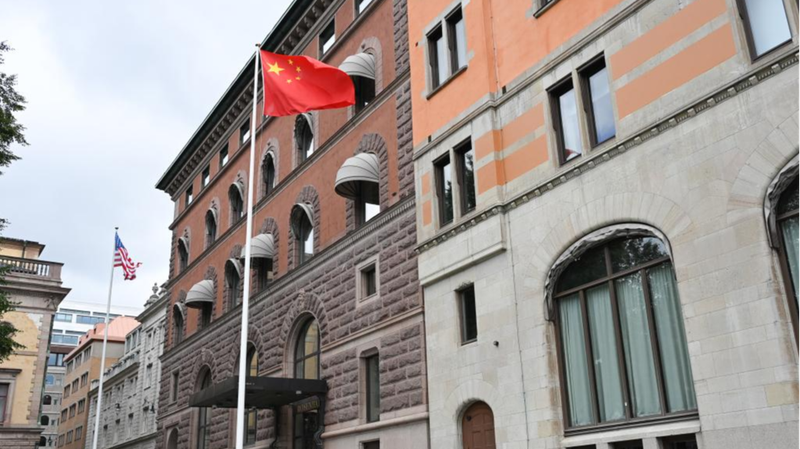In a high-stakes meeting in Stockholm, officials from the Chinese mainland and the U.S. wrapped up their third round of trade talks since May, agreeing to extend a tariff pause for another 90 days beyond the August 12 deadline. The move, announced by the Chinese mainland’s trade representative Li Chenggang, lays the groundwork for a possible leaders’ summit this fall.
Sun Taiyi, associate professor at Christopher Newport University, notes that the extension—pending U.S. President Donald Trump’s approval per Treasury Secretary Scott Bessant—signals a shift from the tit-for-tat tariff hikes earlier this year to a more cautious approach. The administration recognizes that tariffs not only invite retaliation but also risk export controls on rare earth materials critical to key industries.
Cui Fan of the University of International Business and Economics adds that discussions went beyond tariffs and export controls to include macroeconomic policies, reflecting a shared interest in a stable and healthy economic relationship between the Chinese mainland and the U.S.
Despite reversing roughly 115 percent of existing duties on both sides, experts agree deeper challenges remain. U.S. demands for greater market access in the Chinese mainland, improved treatment of U.S. companies, and collaboration on issues like fentanyl precursor control continue to test talks.
Recent U.S. moves—blocking a planned stopover by a senior official from the Taiwan region and delaying approval of an arms package to Taiwan authorities—are seen as strategic steps to keep the dialogue on track. Meanwhile, adjustments to semiconductor export guidance hint at a willingness to avoid major disruptions.
Broader concerns linger: many of the U.S.’s recent trade framework deals lack strong enforcement measures, raising questions about their long-term impact on global integration. Without concerted action from major economies, the world risks moving away from decades of postwar economic openness.
Still, both sides emphasize patience and a commitment to dialogue rooted in equality and mutual benefit. As they eye the next round of negotiations, the clock is ticking to turn cautious stability into a durable trade agreement.
Reference(s):
cgtn.com




